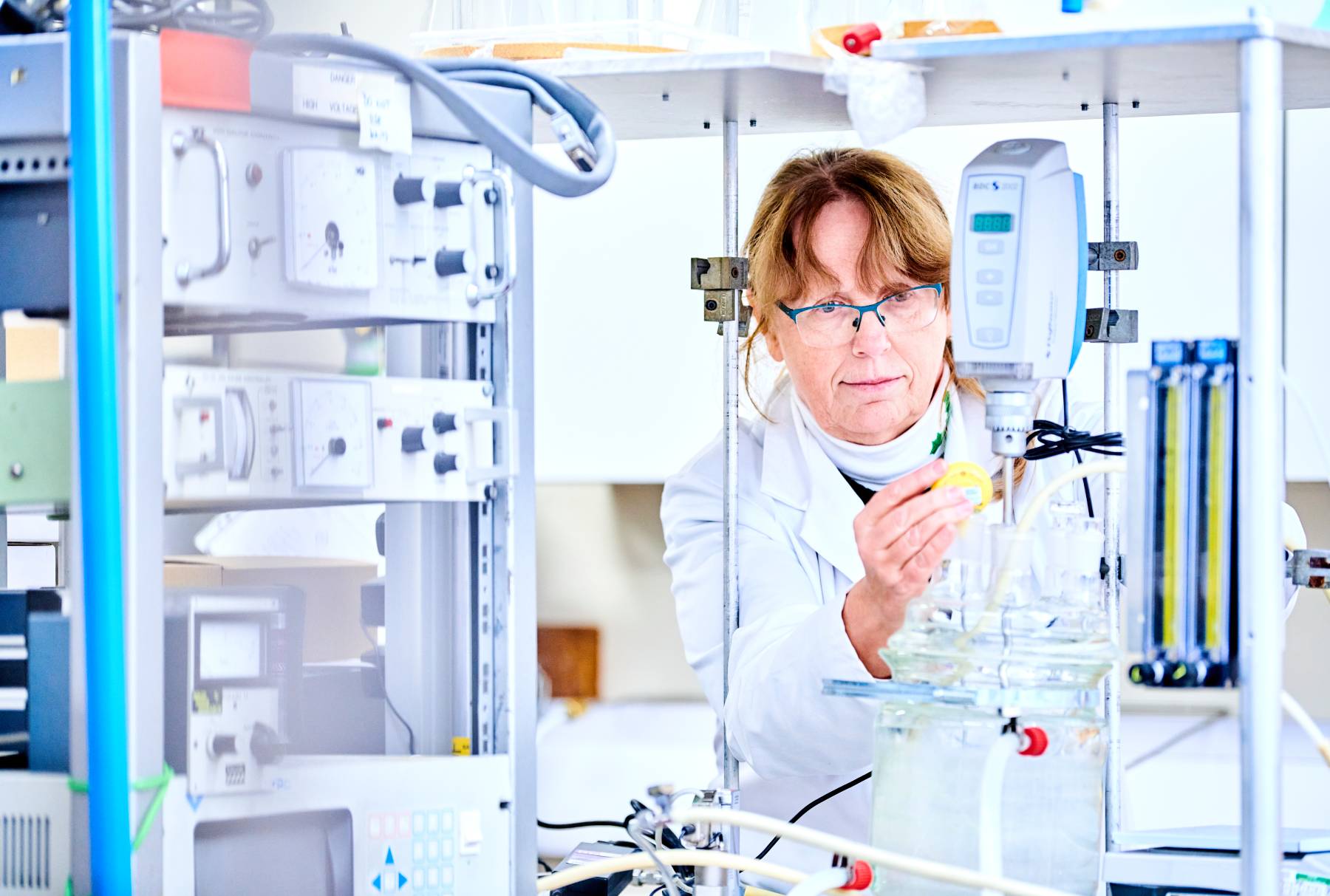Staff Profile
Dr Naresh Sanandiya
Research Associate
- Email: naresh.sanandiya@ncl.ac.uk
- Address: G55, Bedson building
School of Engineering
Newcastle University
Newcastle upon Tyne
NE1 7RU
Dr Naresh Sanandiya is Research associate in Advanced materials group at Newcastle University, and currently working on 3D printing of biopolymers.
He has carried out PhD work in CSIR-Central Salt and Marine Chemicals research institute (CSIR-CSMCRI, India) and awarded PhD degree in Chemistry from affiliated M K Bhavnagar University (2014). He joined Pohang university of Science and Technology (POSTECH, South Korea) for postdoctoral research (2014-2016) where he worked on development of biomimetic advanced materials for biomedical and environmental applications. Later, he moved to Singapore University of Technology and Design (SUTD, Singapore) as postdoc (2016-2021) where he worked on large scale additive manufacturing, and circular manufacturing of natural composites.
Research experience:
- Materials: Cellulose, Chitosan, Chitin, Synthetic & Silicone polymers, Silk fibroin, Gallic acid, lignocellulose, Alginate, Agarose, Gelatine, inorganic nanoparticles, conductive polymers
- 3D printing: 3D printing of hydrogels, 3D bioprinting, Large-scale additive manufacturing, Embedded 3D printing
- Biomaterial development: Chemical modification of biopolymers for tissue regeneration, cell delivery system, tissue adhesives, hemostasis mats, guided bone regeneration, dentinal hypersensitive cure system, stimuli-responsive hydrogels, Fluorogenic hydrogels
- Environmental applications: Sustainable biocomposites, Circular manufacturing, toxic metal removal, moisture-responsive actuators
Research Interest:
- Multimaterial 3D printing, 3D printing of soft elastomers, Fabrication of soft robotics components, Wearable sensors, Sustainable composites, Biomaterials
Selected publications:
- Sanandiya, Naresh D, Christoph Ottenheim, et al. (2020). “Circular manufacturing of chitinous bio-composites via bioconversion of urban refuse”. Scientific reports, 10(1), 1–8.
- Sanandiya, Naresh D., Suyoung Lee, et al. (2019). “Tunichrome-inspired pyrogallol functionalized chitosan for tissue adhesion and hemostasis”. Carbohydrate Polymers, 208, 77–85.
- Sanandiya, Naresh D, Jyothsna Vasudevan, et al. (2019). “Stimuli-responsive injectable cellulose thixogel for cell encapsulation”. International journal of biological macromolecules, 130, 1009– 1017.
- Sanandiya, Naresh D., Yadunund Vijay, et al. (2018). “Large-scale additive manufacturing with bioinspired cellulosic materials”. Scientific Reports 8(1), 1-8.
- Prajatelistia, Ekavianty, Naresh D Sanandiya, et al. (2020). “Biomimetic Janus chitin nanofiber membrane for potential guided bone regeneration application”. Carbohydrate Polymers, 251, 117032.
- Ju, Sung-Won et al. (2017). “Aesthetically improved and efficient tannin–metal chelates for the treatment of dentinal hypersensitivity”. RSC Advances, 7(1), 87–94.
- Sanandiya, Naresh D, Chandrakant Mukesh, et al. (2017). “Evaluation of cellulose of Valoniopsis pachynema (Martens) Børgesen for its applications in paper making”. Journal of Applied Phycology 29(3), 1657–1662.
- Sanandiya, Naresh D. and A. K. Siddhanta (2016). “Cellulose-based spreadable new thixo gels: synthesis and their characterization”. RSC Advances, 6(95) 92953–92961.
- Sanandiya, Naresh D. and Arup K. Siddhanta (2014). “Chemical studies on the polysaccharides of Salicornia brachiata”. Carbohydrate Polymers, 112, 300–307.
- Sanandiya, Naresh D. and A.K. Siddhanta (2013). “Facile synthesis of a new fluorogenic metal scavenging interpolymeric diamide based on cellulose and alginic acids”. Carbohydrate Research, 381, 93–100.
- Sanandiya, Naresh D, Kamalesh Prasad, et al. (2010). “Cellulose of Salicornia brachiata”. Natural Product Communications, 5(4), 603–606.
- Théo Calais, Naresh D Sanandiya, et al. (2021) Freeform liquid 3D printing of soft functional components for soft robotics. ACS Applied Materials & Interfaces, 14 (1), 2301-2315.
- Dwivedi, Amarendra Dhar et al. (2016). “Tuning and Characterizing Nanocellulose Interface for Enhanced Removal of Dual-Sorbate (AsV and CrVI) from Water Matrices”. ACS Sustainable Chemistry Engineering, 5(1), 518–528.
- Jayashankar D.K., Gupta S.S., Sanandiya N.D. et al.(2020) Fiber reinforced composite manufacturing for passive actuators. International Journal of Advanced Manufacturing Technology, 109, 1493–1509.
- Prajatelistia, Ekavianty, Sung-Won Ju, et al. (2016). “Tunicate-Inspired Gallic Acid/ Metal Ion Complex for Instant and Efficient Treatment of Dentin Hypersensitivity”. Advanced Healthcare Materials, 5(8) 919–927.
- Vijay Y, Dritsas S, Sanadiya ND, Fernandez JG. Control of Process Settings for Large-Scale Additive Manufacturing with Sustainable natural Composites(2018). Journal Of Mechanical Design, 141(8), 081701,
Patents:
- Ramavatar Meena Naresh Sanandiya et al., (2020) Seaweed polysaccharide based superhydrophilic foam membrane for energy-efficient oil-water separation. US patent US10688446B2
Selected media coverage:
- Soldier flies, an army that can tackle urban waste and make sustainable plastic
- Researchers develop a hydrogel for enhanced cell encapsulation and delivery
- Cellulose used to fabricate large 3D objects
- Large-scale and sustainable 3D printing with the most ubiquitous natural material
- Printed wood to be “global turning point” for sustainable manufacturing
- Could prawn shells be the new plastic?
- FLAM points 3D printing in a new, sustainable direction
- Large-scale and sustainable 3-D printing with the most ubiquitous natural material
- Cellulose You Can 3D Print
- Rewriting the recipe for paper
- Glowing toxic metal eaters
